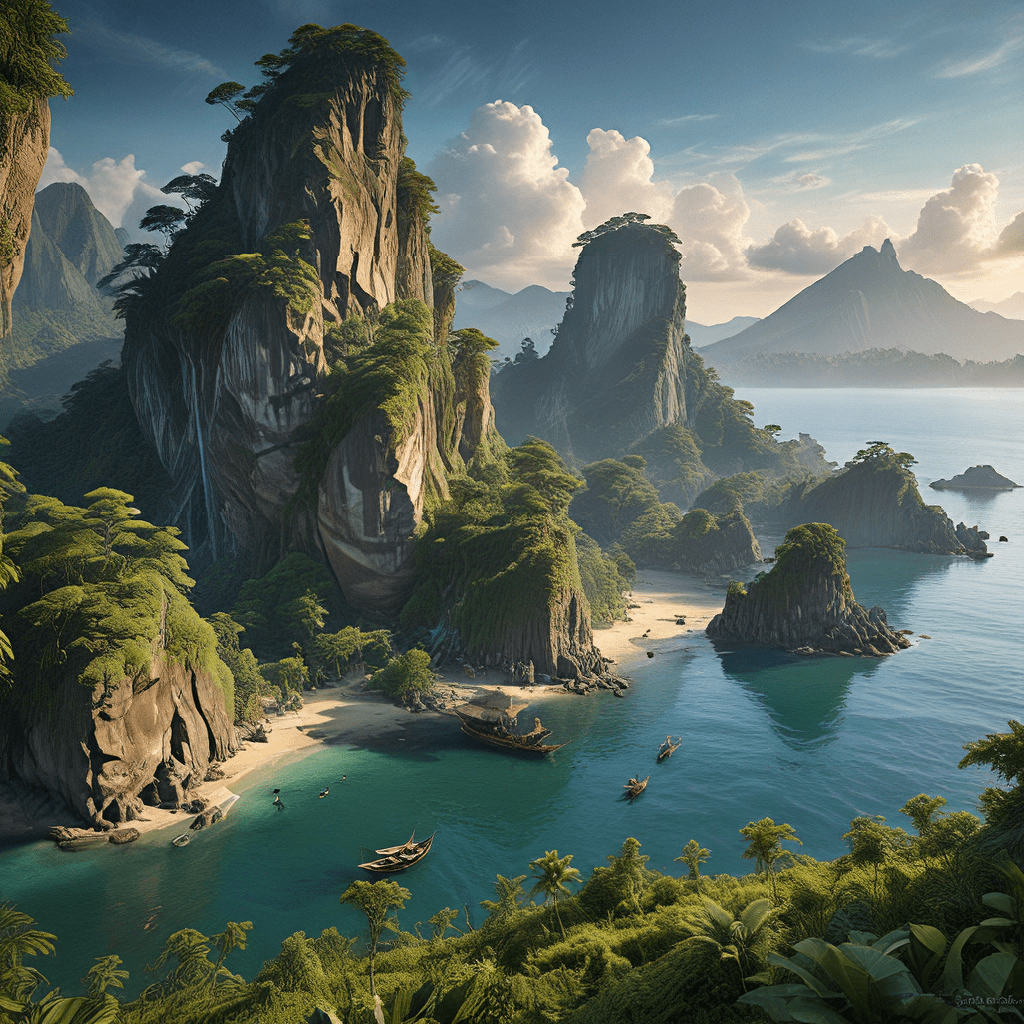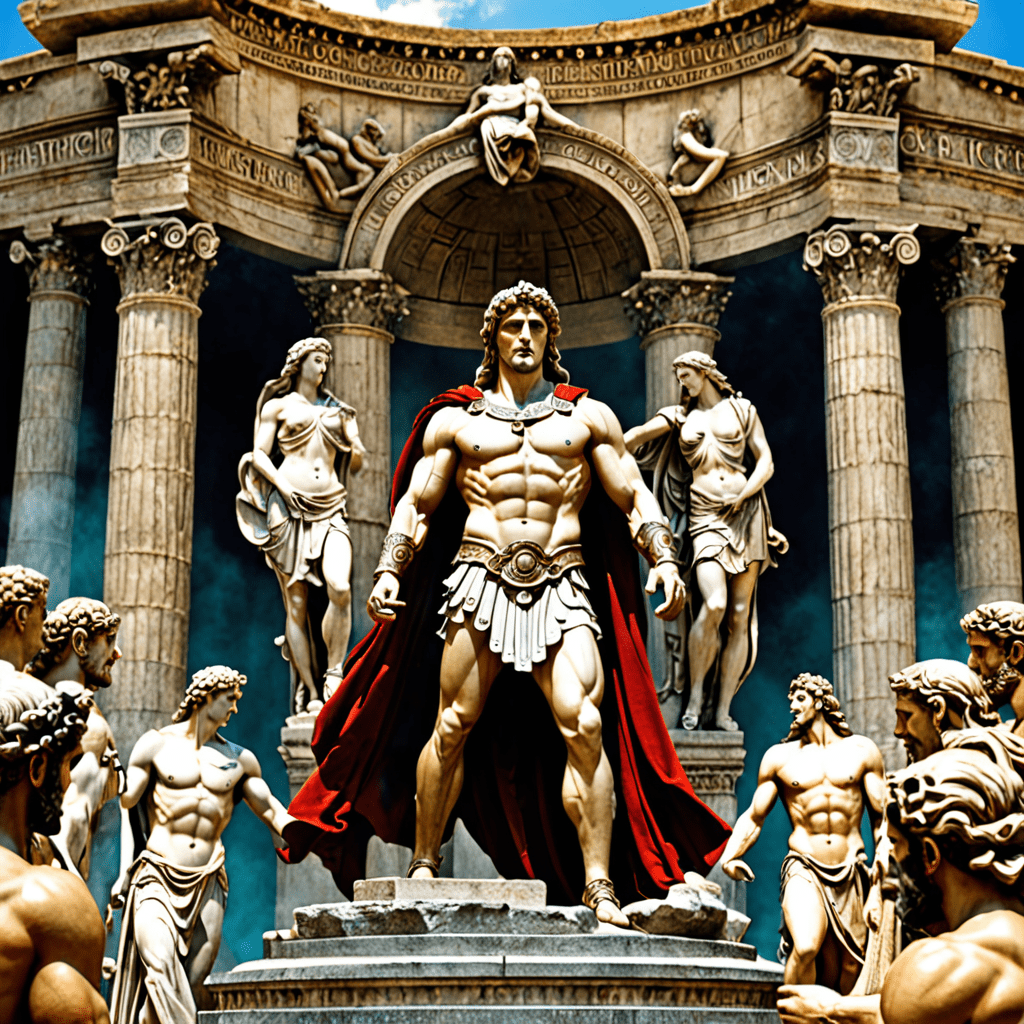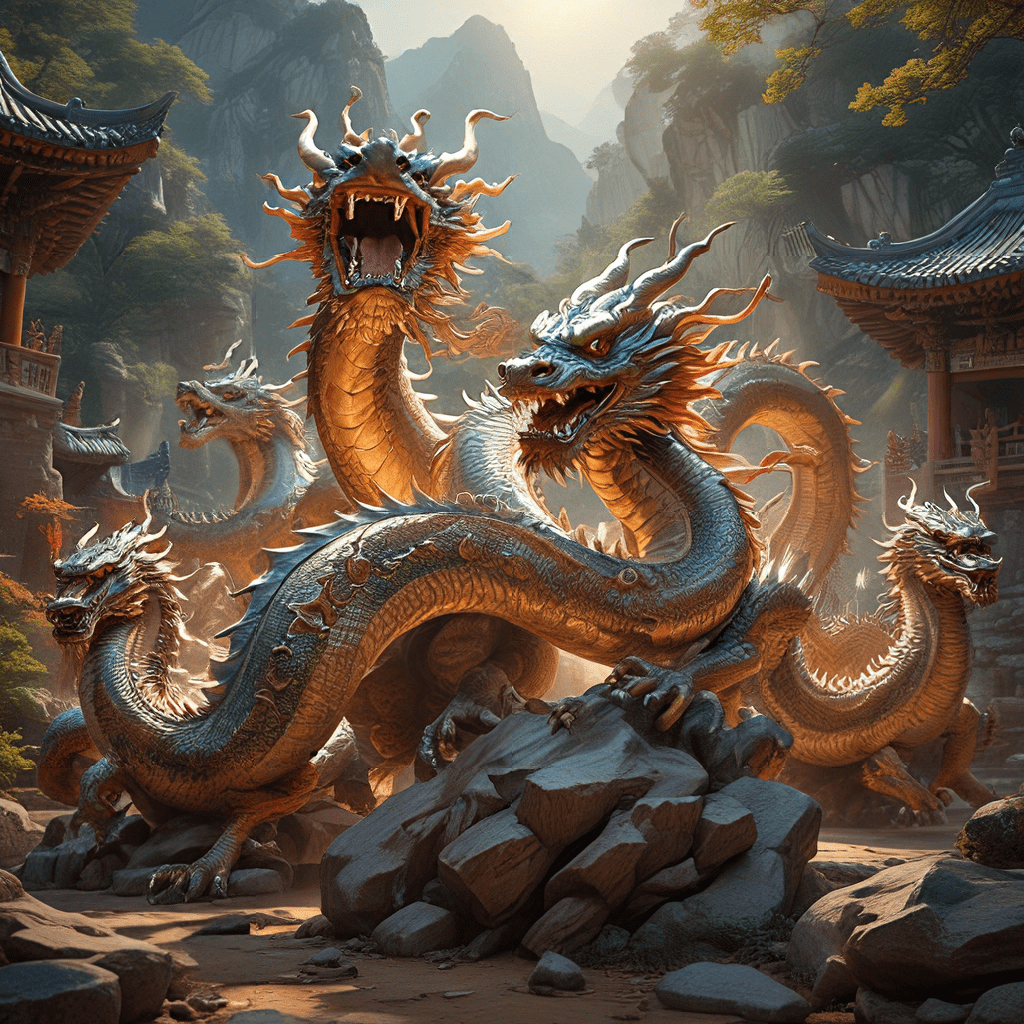Indonesian Folklore: The Real and Imaginary Islands
The Indonesian archipelago, a breathtaking tapestry of thousands of islands, boasts a rich and vibrant culture deeply intertwined with its geography. In this land of diverse landscapes and ancient traditions, mythical islands have long captivated the imaginations of Indonesians. These elusive paradises, woven into the fabric of their folklore, serve as powerful symbols of their beliefs, aspirations, and cultural identity.
The Enchanting Realm of Indonesian Mythical Islands
Mythical islands in Indonesian folklore, often referred to as Pulau Gaib (meaning "invisible islands") or Pulau Misterius (meaning "mysterious islands"), are not mere figments of imagination. They hold a significant place in the collective consciousness of the Indonesian people. These islands are not merely geographical entities; they embody the essence of their beliefs, hopes, and fears.
Stories about these mythical islands are passed down through generations, taking on new forms and adapting to the changing times. They serve as a window into the ancient Indonesian worldview, revealing their understanding of the natural world and their place within it. These tales are not just entertaining stories; they are powerful tools for transmitting cultural values, moral lessons, and spiritual wisdom.
A Tapestry of Legends: Navigating the Indonesian Archipelago
The Indonesian archipelago is a treasure trove of diverse myths and legends. Each island, with its unique history and culture, has contributed to the vibrant tapestry of Indonesian folklore. From the bustling cities of Java to the remote jungles of Borneo, these tales are woven into the very fabric of their lives.
Mythical islands are often described as places of stunning beauty, where lush forests meet crystal clear waters and exotic creatures roam freely. They are often located beyond the known world, accessible only to those with exceptional courage or special knowledge.
The Realm of the Gods: Mythical Islands as Divine Abodes
Indonesian mythology often portrays mythical islands as the abodes of powerful deities. These islands serve as sacred spaces, where the gods preside over the fate of the mortal world. For example, Bali, known as the "Island of the Gods," is believed to be the dwelling place of the Hindu deities. Similarly, the island of Nusa Kambangan in Central Java is considered a sacred site, where ancient spirits and deities reside.
These divine abodes are often described as being filled with extraordinary wonders, including palaces made of gold and silver, gardens teeming with exotic flowers and fruits, and rivers flowing with nectar.
Guardians of the Sea: The Sacred Islands of the Gods
Mythical islands in Indonesian folklore are often depicted as guardians of the sea. These islands act as a bridge between the mortal world and the realm of the gods. They are believed to hold special powers and are often associated with the protection of sailors and fishermen.
One such island, known as Pulau Bidadari (meaning "Island of Angels"), is said to be inhabited by beautiful celestial beings who guide lost souls and protect the ocean from harm.
The Unseen World: Mythical Islands as Portals to the Otherworldly
Beyond serving as divine abodes, mythical islands also represent portals to the unseen world. They offer a glimpse into the realm of spirits, ancestors, and magical beings. These islands are often shrouded in mystery, where reality blurs with the supernatural.
Stories about mythical islands often feature themes of transformation, reincarnation, and the cyclical nature of life and death. They highlight the belief in the interconnectedness of the natural and spiritual worlds, reminding people of the importance of respecting the unseen forces that govern their lives.
Echoes of Ancient Beliefs: The Role of Mythical Islands in Indonesian Folklore
The tales of mythical islands are not just stories; they are a reflection of the Indonesian people's worldview and their deep connection to nature. These islands serve as powerful metaphors for their understanding of the natural world, the spiritual realm, and the cycles of life and death.
The mythical islands in Indonesian folklore often serve as a mirror to the Indonesian people's relationship with their natural environment. Islands like Pulau Bidadari, often associated with beauty and tranquility, reflect the Indonesian people's deep respect for nature's wonders. The belief in the existence of these islands underscores the importance of maintaining harmony with the natural world, recognizing its role in shaping their lives.
Furthermore, the stories about mythical islands offer insight into the Indonesian people's understanding of the spiritual realm. The presence of deities and supernatural beings on these islands strengthens the belief in the interconnectedness of the physical and spiritual dimensions. The islands act as intermediaries, connecting the tangible world with the realm of the ancestors, spirits, and deities. These stories emphasize respect for the unseen forces and their influence on human lives, showcasing the importance of spiritual practices and rituals.
Guardians of Knowledge: Mythical Islands as Sites of Wisdom and Power
Beyond their spiritual significance, mythical islands in Indonesian folklore also symbolize the pursuit of knowledge and wisdom. They are often portrayed as places where mystical knowledge and powerful skills are passed down from generation to generation.
The Pulau Gaib are often depicted as hidden sanctuaries, accessible only to those who are worthy and possess the necessary knowledge and skills. These islands are believed to hold ancient secrets, powerful artifacts, and wise teachers who guide individuals towards enlightenment. The stories about mythical islands encourage individuals to seek knowledge, cultivate their skills, and embark on journeys of self-discovery.
In the realm of Indonesian folklore, these islands serve as a reminder of the importance of respecting and preserving traditional knowledge and wisdom. They encourage the pursuit of learning and the understanding that true knowledge can only be attained through dedication, perseverance, and a willingness to explore the unseen world.
Islands of Abundance: Exploring the Themes of Fertility and Prosperity in Mythical Islands
Indonesian folklore is deeply rooted in agricultural practices and the veneration of nature's bounty. This reverence for fertility and prosperity is reflected in the stories of mythical islands. These islands are often portrayed as paradises teeming with life, where crops grow in abundance, trees bear fruit year-round, and natural resources are plentiful.
The island of Krakatoa, known for its volcanic activity, is associated with fertility and the creation of new life. Its eruptions, though destructive, are seen as a natural cycle that renews the land and brings forth new growth. The presence of such islands in Indonesian folklore reflects the belief in the cyclical nature of life and the importance of maintaining a harmonious relationship with nature to ensure prosperity.
A Search for Origins: Mythical Islands as Reflecting the Indonesian People’s Identity
The stories of mythical islands also provide insight into the Indonesian people's search for origins. These islands are often associated with the creation myths and the origins of their ancestral lineages.
The island of Pulau Jawa (Java), for example, is believed to have been formed by the god Batara Guru. The island's rich history and cultural significance are intertwined with its mythical origin story, shaping the collective identity of the Javanese people.
The presence of mythical islands in Indonesian folklore highlights the importance of understanding one's origins and the connection to ancestral traditions. These stories serve as a reminder of the shared history and cultural heritage that unites the Indonesian people.
Theories of Origin: Exploring the Roots of Indonesian Mythical Islands
The origins of mythical islands in Indonesian folklore are deeply rooted in the country's unique geography and maritime history. The vast archipelago, with its thousands of islands, has always played a significant role in the lives of the Indonesian people.
The tales of mythical islands may have arisen from the experiences of early seafarers who encountered uncharted islands and mysterious lands. These expeditions often resulted in tales of exotic creatures, hidden treasures, and encounters with the supernatural. Over time, these stories evolved into the rich tapestry of mythical islands found in Indonesian folklore.
The presence of volcanoes and other natural wonders, such as the towering peaks of Mount Merapi and the mystical waters of Lake Toba, may have also contributed to the belief in the existence of mythical islands. These natural phenomena served as powerful reminders of the unseen forces that govern the world, inspiring tales of hidden paradises and enchanted realms.
FAQ
What are some of the most famous mythical islands in Indonesian folklore?
Some examples include Pulau Bidadari (Island of Angels), Pulau Gaib (Invisible Island), Pulau Dewata (Island of the Gods), and Pulau Jawa (Island of Java).
What are some of the themes explored in stories about mythical islands?
Some common themes include the search for knowledge and wisdom, the importance of respecting nature, the interconnectedness of the natural and spiritual worlds, and the cyclical nature of life and death.
Why are mythical islands important to Indonesian culture?
They provide a valuable window into the Indonesian people's worldview, beliefs, and aspirations. They serve as powerful symbols of their cultural identity and their connection to nature, spirituality, and the unseen world.
How do mythical islands reflect the Indonesian people’s relationship with the natural world?
They showcase the deep respect and reverence that the Indonesian people have for nature. These stories often depict mythical islands as paradises of abundant resources, emphasizing the importance of maintaining harmony with the natural world.
How do mythical islands contribute to the Indonesian people’s sense of identity?
These stories help to preserve their cultural heritage and connect them to their ancestors. They provide a shared narrative that binds them together and strengthens their sense of national pride.



